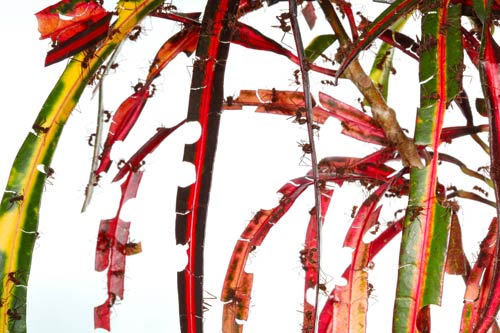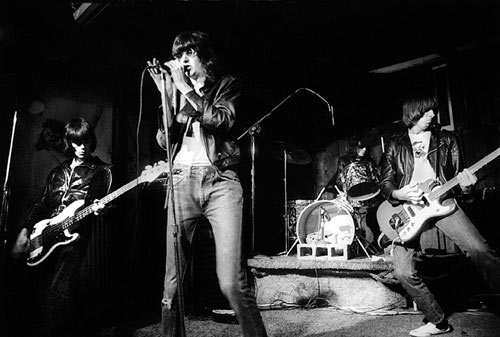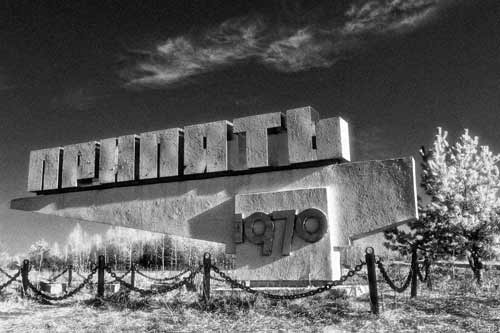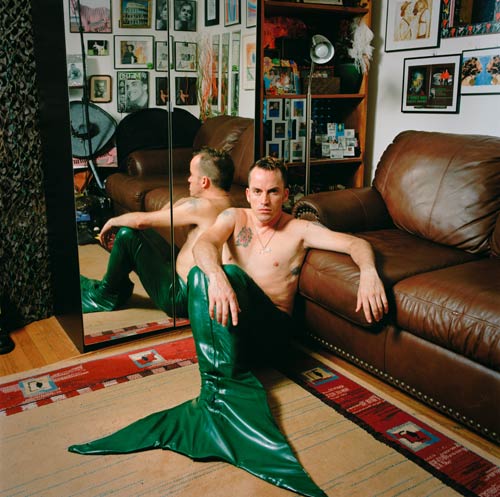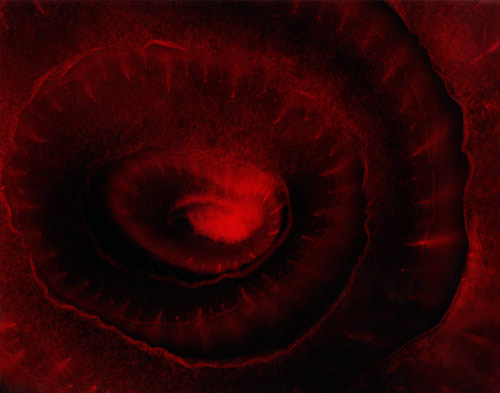
Onion © Ajay Malghan
Ajay Malghan hadn't been in touch since last year, when I looked through some very different, very personal work of his. I had been impressed with his attitude towards a grave diagnosis followed by multiple surgeries (see his light-hearted statement here.)
Studying hard in the interim, and taking advantage of rapidly-disappearing resources (a photo store going out of business; the impending removal of color darkrooms from his school) Ajay produced this camera-less series of fruit and veg - his statement on humans' modification of the natural world around them.
"Naturally Modified deals with how our intake has forced us to modify our crops in order to keep up with our methods of consumption. By altering genes and modifying these crops we're altering nature without fully understanding the consequences. There's a reason the cycle of corn (and other crops) takes as long as it does and I think we're opening up a Pandora's box by speeding up the process.
Nature has developed its cycles over thousands of years and we've managed to alter (them) in the last couple of decades... Our imposition on nature is distorting the line between what is needed and what we construct to support our needs. This is why (in this series) a lemon is purple or an onion is red; because with genetic modification, pesticides and fertilizers, they're no longer what we thought they were." Ajay Malghan
Ajay plans to make this body of work his thesis and aims to present large, mounted prints.
View the full screen magazine photo feature.



